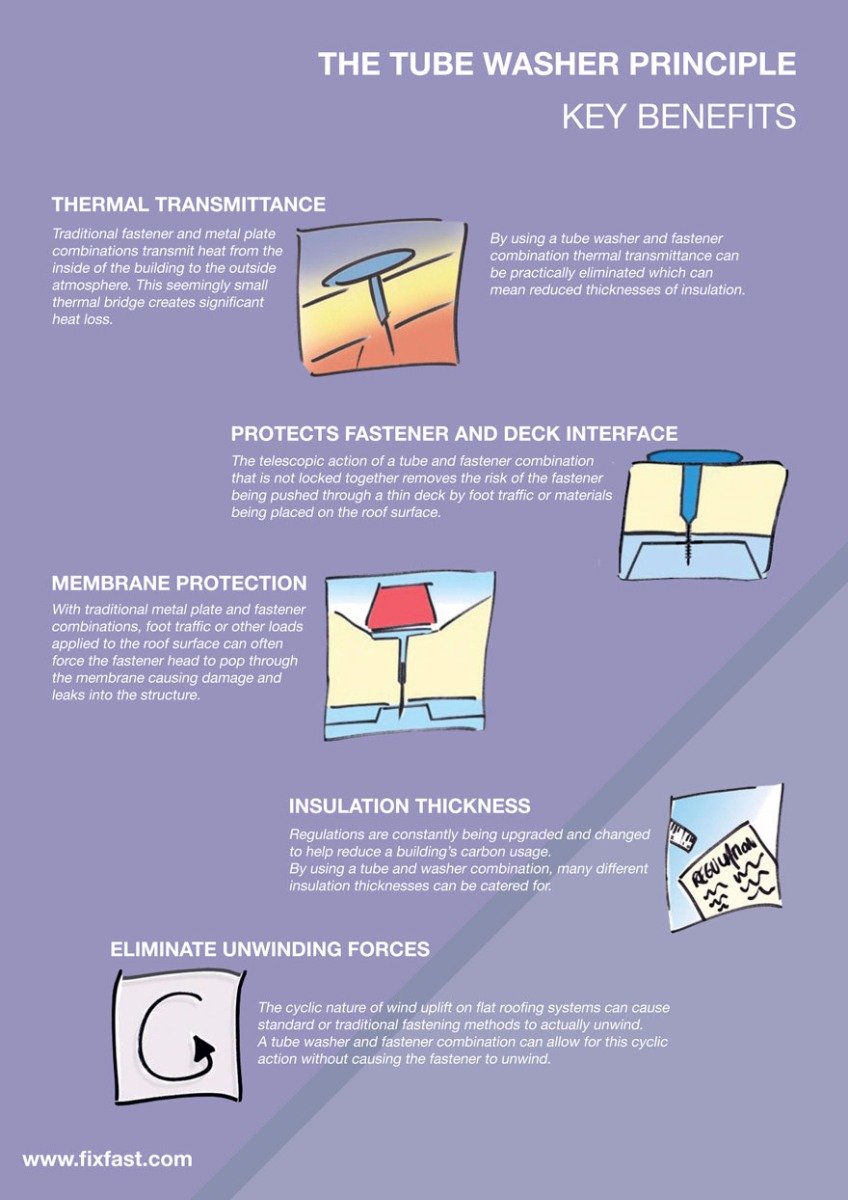Curious Concerning The Results Of Weather On Your Photovoltaic Panels' Performance? Discover The Key To Maximizing Your Photovoltaic Panels' Result, Even In Unpredictable And Differing Weather Conditions
Curious Concerning The Results Of Weather On Your Photovoltaic Panels' Performance? Discover The Key To Maximizing Your Photovoltaic Panels' Result, Even In Unpredictable And Differing Weather Conditions
Blog Article
Post By-Franck Friis
When it concerns solar panel effectiveness, understanding exactly how weather conditions come into play is crucial. Photo this: your photovoltaic panels basking in the sun's radiance, soaking up power to power your home. However what takes place when clouds roll in or temperatures rise and fall? How does that effect your energy production? By delving into the intricate dancing between weather and photovoltaic panels, you'll reveal vital understandings that can help you take advantage of your renewable resource setup. Explore the subtleties of sunlight strength, temperature level impacts, and the function of cloud cover and rains in enhancing your photovoltaic panel efficiency.
Effect of Sunlight Intensity
Sometimes, the strength of sunlight can significantly influence the performance of photovoltaic panels. When the sunshine is solid and straight, your solar panels create more electrical energy. Nevertheless, throughout cloudy days or when the sun is at a low angle, the panels obtain less sunlight, lowering their effectiveness. To make best use of the power outcome of your photovoltaic panels, it's vital to mount them in locations with adequate sunlight direct exposure throughout the day. Take into consideration factors like shading from nearby trees or buildings that might obstruct sunshine and reduce the panels' performance.
To enhance the performance of your photovoltaic panels, consistently tidy them to eliminate any type of dirt, dirt, or debris that may be obstructing sunlight absorption. Furthermore, make certain that your panels are angled correctly to get one of the most straight sunlight feasible.
Impact of Temperature Level Changes
When temperature level modifications happen, they can have a significant effect on the efficiency of photovoltaic panels. Solar panels function ideal in cooler temperature levels, making them more efficient on mild days contrasted to extremely hot ones. As the temperature level enhances, photovoltaic panels can experience a decline in efficiency due to a phenomenon referred to as the temperature coefficient. This effect causes a decrease in voltage output, eventually affecting the overall power production of the panels.
On https://solar-panel-output-voltag08642.azzablog.com/29469787/explore-vital-inquiries-to-attend-to-when-picking-a-solar-installer-to-facilitate-a-smooth-and-hassle-free-solar-transition , when temperatures drop too low, photovoltaic panels can likewise be impacted. Exceptionally cool temperatures can cause a reduction in conductivity within the panels, making them much less reliable in generating power. This is why it's important to think about the temperature level problems when mounting solar panels to optimize their efficiency.
Duty of Cloud Cover and Rainfall
Cloud cover and rainfall can significantly affect the effectiveness of photovoltaic panels. When clouds block the sun, the quantity of sunlight reaching your photovoltaic panels is lowered, resulting in a decrease in energy manufacturing. Rainfall can likewise affect photovoltaic panel effectiveness by obstructing sunshine and developing a layer of dirt or gunk on the panels, even more lowering their ability to generate electricity. Even light rain can scatter sunlight, causing it to be less concentrated on the panels.
Throughout overcast days with heavy cloud cover, photovoltaic panels might experience a considerable decrease in power output. However, it's worth keeping in mind that some contemporary photovoltaic panel modern technologies can still generate electrical power even when the sky is cloudy. In addition, rainfall can have a cleaning impact on photovoltaic panels, getting rid of dirt and dirt that might have gathered over time.
To maximize the performance of your solar panels, it's important to think about the impact of cloud cover and rainfall on power production and ensure that your panels are correctly maintained to endure differing weather conditions.
Conclusion
To conclude, weather plays a considerable role in the effectiveness of your solar panels. Optimizing click for source , managing temperature modifications, and keeping an eye on cloud cover and rains are vital factors to think about for optimum power generation. https://400-w-solar-panel65320.madmouseblog.com/9814276/learn-the-crucial-actions-to-assess-your-roof-covering-and-energy-specs-which-are-crucial-for-a-successful-solar-installation-endeavor , such as cleaning panels, is critical for preserving peak performance. By comprehending how climate affects your photovoltaic panel effectiveness, you can make enlightened decisions to make best use of power output and cost savings.
